
The Business of Fashion
Agenda-setting intelligence, analysis and advice for the global fashion community.

Agenda-setting intelligence, analysis and advice for the global fashion community.
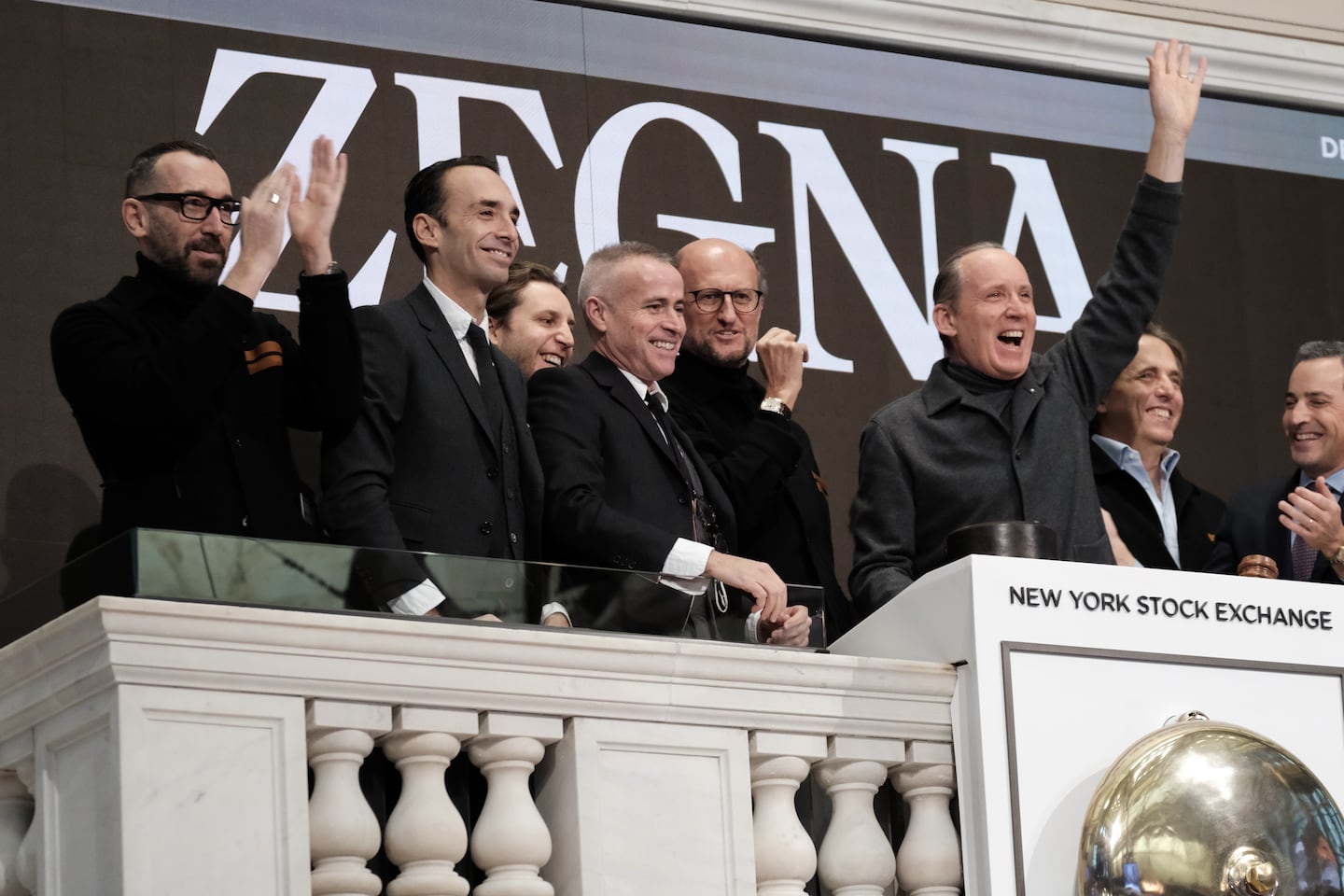
PARIS — The global financial community was buoyant on Thursday when the British chip designer Arm’s shares leapt by 25 percent after what is expected to be the biggest IPO of the year, valuing the company at fully diluted market capitalisation of more than $65 billion.
Investment bankers, financial analysts and all those who could benefit from the confidence that such a transaction brings to the broader financial markets were paying close attention. Arm’s stock debut was considered a bellwether for an IPO market that has remained subdued this year as interest rate hikes and ongoing uncertainty about the global economy have persisted. The success of Arm’s public listing could mean many more companies dip their toes into the chilly IPO waters.
This growing market confidence may explain why several fashion and beauty companies are considering getting into the IPO game too. This week, Birkenstock, owned by LVMH’s private equity arm L Catterton, filed to go public on the New York Stock Exchange. And, market reports suggest that Puig — the Spanish beauty conglomerate that owns Carolina Herrera, Charlotte Tilbury and Paco Rabanne — and Amer Sports — owners of cult gorpcore brands Arc’teryx and Salomon — are also exploring potential IPOs.
According to Bloomberg, Birkenstock could be valued at more than $8 billion. In a letter accompanying the filing, which disclosed that the company’s annual sales have grown from €292 million in 2014 to €1.24 billion in 2022, CEO Oliver Reichert called the company “the oldest start-up company on earth,” alluding to its founding as a family-run firm.
ADVERTISEMENT
But IPOs aren’t the right move for all fashion and beauty companies. Going public means being accountable to the same group of sometimes fickle players who are cheering the Arm IPO. Many of these financial analysts and investors don’t understand the fashion industry and the unique idiosyncrasies which make certain brands successful, and other brands not. Investors and portfolio managers overseeing billions of dollars in assets under management don’t have the industry knowledge to decode what is happening with a given company just because so much of what makes a fashion company successful (or not) can’t be explained by even the best financial modelling. Any fashion company that is contemplating going public needs to have not only the product and brand fundamentals right but also a business strategy and financial performance that can easily be understood by the markets.
Compare Lanvin and Zegna. This week Zegna reported a 45 percent increase in first half operating profit, continuing strong performance since the company went public via SPAC in December 2021. Zegna is benefiting from a wider “quiet luxury” boom as its product strategy shifted to softer tailoring and casual dressing even before the Covid lockdowns. But its success in the markets also comes down to a clarification of its business strategy and solid investor communications in terms which even the bro-iest of finance bros can understand.
On the other hand, Lanvin Group Holdings, which in addition to its namesake brand also includes Wolford, Sergio Rossi, St. John Knits and Caruso, went public on the NYSE in a de-SPAC merger in December 2022 but has yet to sufficiently clarify its plans for Lanvin which remains mired in a post-Alber Elbaz funk. The company remains unprofitable and sales at Lanvin are less than half of what they were under the charismatic creative director who left suddenly after a fallout with former owner Shaw-Lan Wang. As a result, anyone who invested in the stock at the end of last year has lost 55 percent of their initial investment.
Established by Jeanne Lanvin in 1889, Lanvin is one of the longest surviving French fashion houses with an incredible heritage. There is so much potential in this brand and the company’s new CEO Siddhartha Shukla is one of the smartest young executives working in the business. But he needs the time and space to drive a new creative and business strategy (the search is on for a new creative director). Trying to bring Lanvin back into the fashion conversation under the gaze of the ruthless financial markets is not an enviable task, as the pressure to perform financially continues relentlessly.
When the time comes, his bosses at China’s Fosun Group will also need a stronger approach to investor communications to convince the markets. I bet they now wish they had waited until the brand was back on its feet before being subjected to such scrutiny.
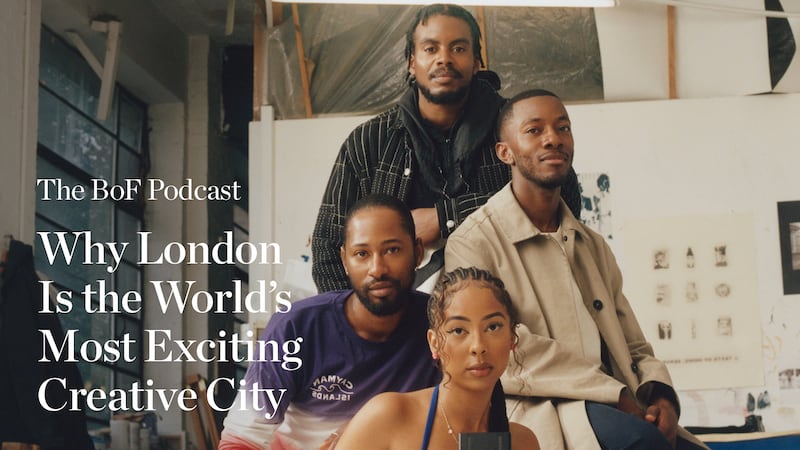 Opens in new window
Opens in new windowLondon has cemented its place among the world’s most global cities. This has boosted its reputation not only as a creative hub, but also as a community where creatives working in sectors from fashion and media to music and art can support each other.
This week, as London Fashion Week kicks off, I invited four exciting Londoners shaping the city’s creative scene — fashion designer, Jaware Alleyne; conceptual artist Amber Pinkerton, musician Bradley Miller and Dazed editorial director Kacion Mayers — to join me on The BoF Podcast to discuss their experiences of living, working and creating in London and to share their advice for other creatives looking for their big break.
It’s the sense of community and collaboration this provides that enables these creatives to thrive.
ADVERTISEMENT
Imran Amed, Founder, CEO and Editor-in-Chief, The Business of Fashion
1. Innocence and Excess: The Story of the Supermodels. A new docuseries on Naomi Campbell, Cindy Crawford, Christy Turlington and Linda Evangelista promises a long-overdue deep dive into a fabulous chapter of fashion history that wasn’t always what it seemed.
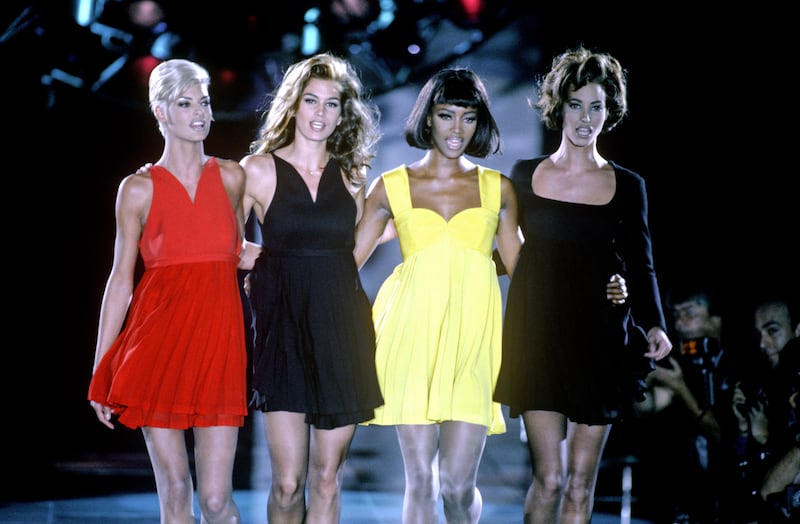 Opens in new window
Opens in new window2. How Glossier Tried and Failed to Become a Tech Company. The line’s $1 billion valuation hinged on Emily Weiss repositioning the brand as a tech start-up. As illustrated in an excerpt from Marisa Meltzer’s new book, those ambitions, including an app that never saw the light of day, were a poor fit from the start.
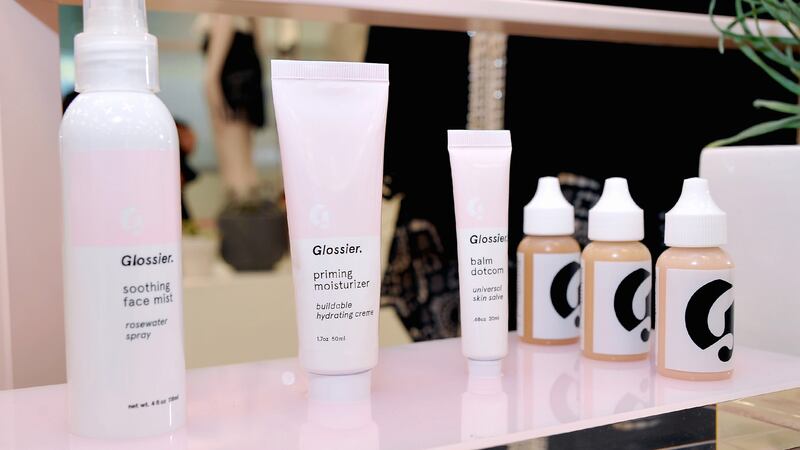 Opens in new window
Opens in new window3. The Beauty Brands Driving Explosive Sales Growth From TikTok Videos. A cadre of beauty start-ups, including Millie Bobby Brown’s makeup brand Florence by Mills, have mastered the difficult task of turning TikTok users watching clicky content into long-term shoppers.
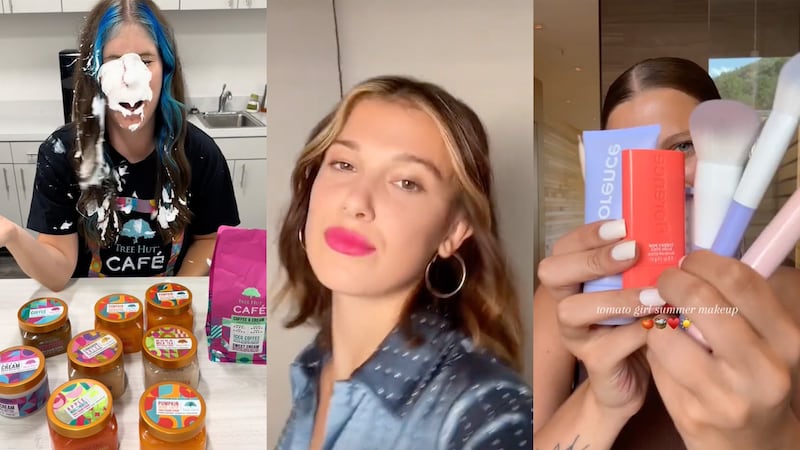 Opens in new window
Opens in new window4. Accessing India’s Booming Beauty Market Just Got Easier. Reliance Industries and Tata Group have launched multi-brand beauty retailers Tira and Tata Cliq Palette respectively in a challenge to incumbents like Nykaa, Purplle and Sephora.
 Opens in new window
Opens in new window5. The Legacy of London’s Original Young Designer Support Scheme. Many of the most promising young labels to participate in London’s NewGen scheme went boom… before they went bust. But the programme, which turns 30 this year, enables a laboratory of creativity that benefits the whole industry, writes Susanna Lau.
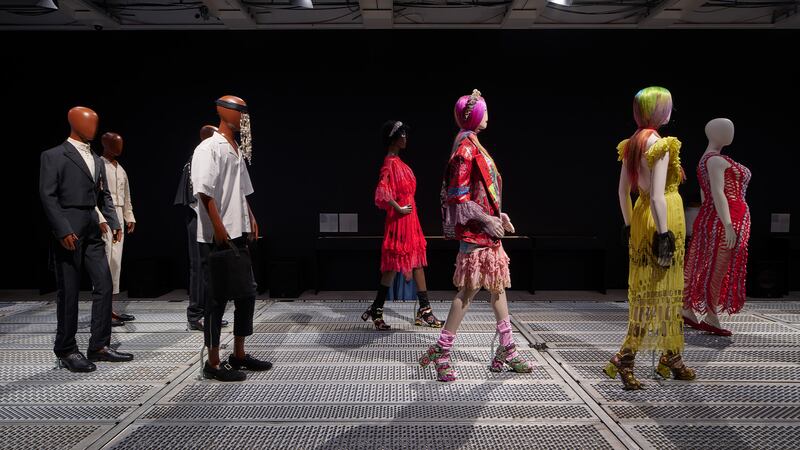 Opens in new window
Opens in new windowTo receive this email in your inbox each Saturday, sign up to The Daily Digest newsletter for agenda-setting intelligence, analysis and advice that you won’t find anywhere else.
In 2020, like many companies, the $50 billion yoga apparel brand created a new department to improve internal diversity and inclusion, and to create a more equitable playing field for minorities. In interviews with BoF, 14 current and former employees said things only got worse.
For fashion’s private market investors, deal-making may provide less-than-ideal returns and raise questions about the long-term value creation opportunities across parts of the fashion industry, reports The State of Fashion 2024.
A blockbuster public listing should clear the way for other brands to try their luck. That, plus LVMH results and what else to watch for in the coming week.
L Catterton, the private-equity firm with close ties to LVMH and Bernard Arnault that’s preparing to take Birkenstock public, has become an investment giant in the consumer-goods space, with stakes in companies selling everything from fashion to pet food to tacos.